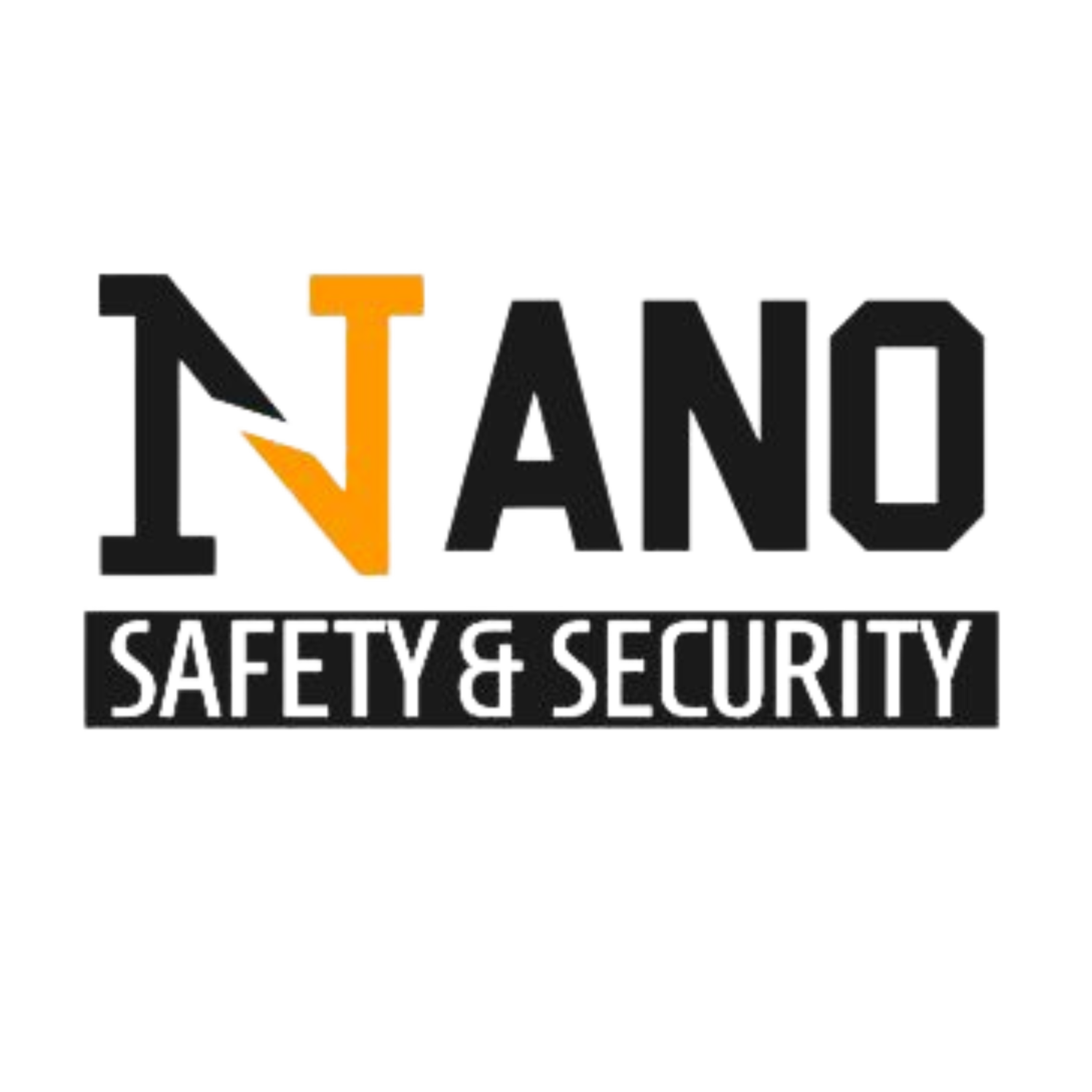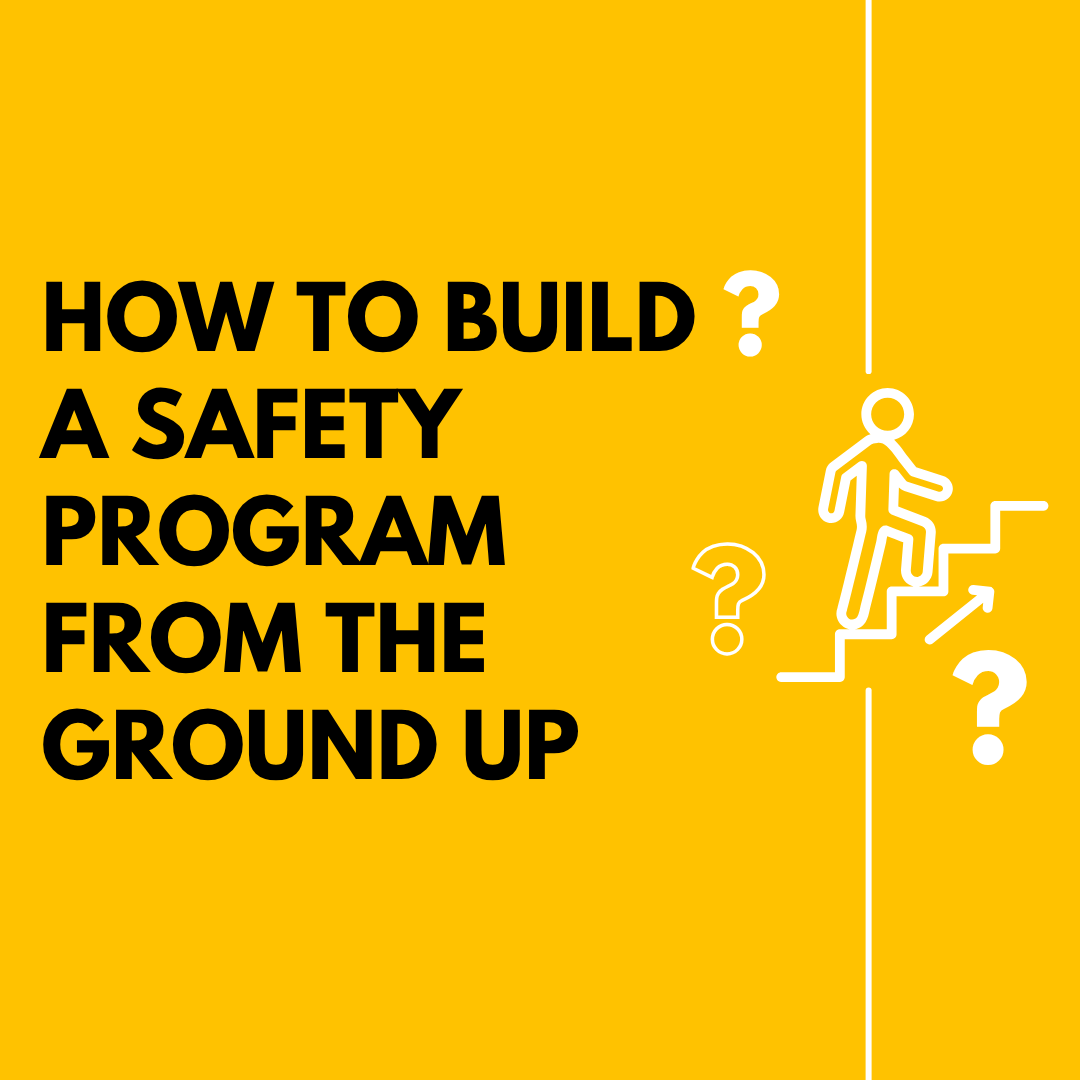How to Build a Safety Program from the Ground Up
Creating a safety program from scratch isn’t just about putting paperwork in place. It’s about building a structure that protects your people, supports operations, and grows with your company. Whether you're a small business launching your first program or a growing team formalizing your approach, this guide breaks down what it really takes to build an effective, sustainable safety program; step by step.
1. Start with Leadership Commitment, Not Just Permission
Before you draft a single policy or conduct your first training session, you need visible and ongoing commitment from leadership. That doesn’t mean a vague “go ahead.” It means your executives and senior managers actively support the program, allocate resources, and model the behaviors you expect from others.
Why this matters: Safety isn’t a siloed responsibility. When leaders treat it as part of business strategy—not a side task—it sends a clear message that safety is a core value, not a compliance checkbox.
What this looks like in action:
The CEO talks about safety in meetings, not just operations or profits.
Managers show up to safety trainings and toolbox talks.
The company budgets for PPE, training, and improvements, not just after something goes wrong.
This level of commitment becomes the backbone of your program and sets the cultural tone from day one.
2. Conduct a Thorough Risk Assessment and Baseline Review
You can’t manage what you haven’t identified. Before building any procedures or selecting training topics, you need to understand your current risk landscape.
Start by:
Reviewing past incidents, near-misses, and workers’ comp claims
Walking through worksites and observing daily tasks
Talking with frontline employees about hazards they face
Identifying legal and regulatory requirements that apply to your industry
This assessment helps you prioritize which hazards need controls first, and where your biggest opportunities lie. It also gives you a baseline to measure future improvements against.
Pro tip: Don’t rely solely on past data, engage your workforce. Employees often know where the real risks are, even if they haven’t been reported yet.
3. Set Clear Goals and Define Your Program’s Scope
Before rolling out initiatives, define what success looks like. Is your focus on reducing injuries? Improving reporting? Meeting a regulatory requirement?
Examples of safety program goals:
Achieve a 25% reduction in recordable incidents within 12 months
Ensure 100% of new hires receive safety orientation within 48 hours
Create a near-miss reporting system with at least 5 reports per month
Also define the scope: Will this program apply to all departments, or start with specific teams or locations? Being clear about who and what is covered ensures alignment across your organization.
4. Develop Practical, Role-Based Policies and Procedures
Policies are the rules, but they need to be more than just regulatory cut-and-paste. Effective policies reflect your actual operations, your team’s skill levels, and the conditions of your workplace.
Start with high-risk tasks like confined space entry, machine operation, chemical handling, or working at heights. For each, clearly outline:
Required steps and conditions for safe work
Who is authorized to perform the task
Required equipment and PPE
Emergency procedures
Keep language simple, use visuals when possible, and make documents accessible both digitally and physically. A policy that no one reads won’t protect anyone.
5. Build a Training Program That’s Ongoing and Interactive
Training is where policies come to life. But generic, one-size-fits-all training rarely changes behavior. To build real understanding, tailor your program by role, risk level, and learning style.
Components of an effective training program include:
Orientation training for new hires, introducing core safety practices
Job-specific instruction for hazards unique to a role or department
Annual refreshers that go beyond repetition and include updates
Scenario-based learning like drills, case studies, and simulations
Supervisor training to build accountability and leadership
And don’t forget to document everything. Accurate training records are critical for compliance, audits, and tracking employee progress.
6. Establish Systems for Reporting and Hazard Control
No safety program is complete without a way for employees to report concerns and a system to address them. Create a structure where workers feel safe and encouraged to report:
Near-misses and unsafe conditions
Equipment issues or maintenance needs
Observations of unsafe behaviors
Make it easy to report anonymously if needed, and more importantly, respond promptly. Closing the feedback loop shows employees that their voices matter.
Once hazards are identified, apply the hierarchy of controls:
Eliminate the hazard entirely
Substitute with something safer
Engineer controls to isolate the hazard
Use administrative controls (training, policies, rotations)
Require PPE as a final defense
Don’t jump to PPE, start at the top of the hierarchy whenever possible.
7. Monitor, Evaluate, and Continuously Improve
Safety is a living system. If you're not measuring and reviewing your program, you're not improving it.
Use a mix of:
Lagging indicators like incident rates or lost time
Leading indicators like near-miss reports, safety meeting attendance, and inspection scores
Qualitative feedback from employees about what’s working (or not)
Set quarterly or biannual reviews to check progress, and update your policies, training, and controls based on new findings. This shows your team that safety isn’t just a project, it’s part of how the company grows and evolves.
Final Thoughts
Building a safety program from the ground up takes more than a binder and a few meetings. It’s about creating a culture where safety is woven into every part of the workday from planning to performance, from the boardroom to the jobsite.
When you align leadership, employees, systems, and training with your real-world risks, your safety program becomes more than just compliant. It becomes a competitive advantage.
At Nano Safety & Security, we help companies build safety programs that are rooted in reality and designed for results. Whether you’re starting from scratch or rebuilding something that’s fallen flat, we’re here to help you do it right.


